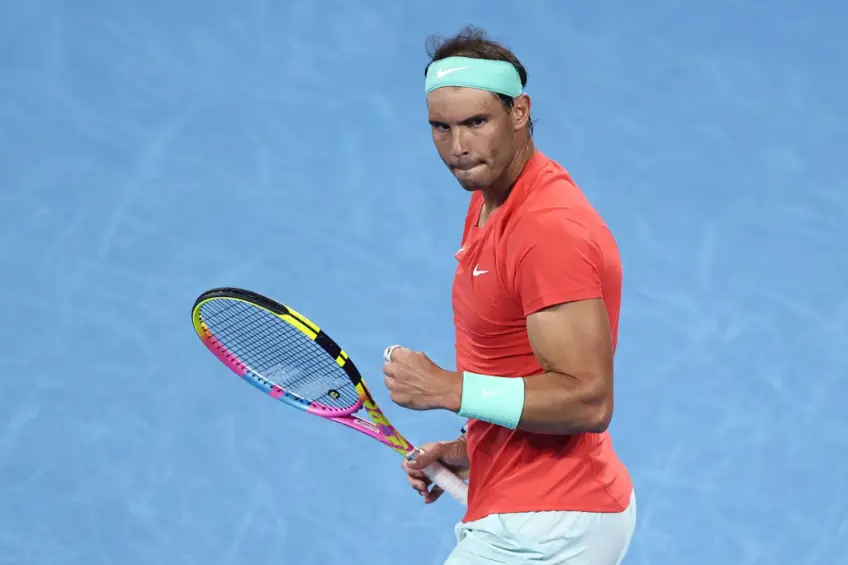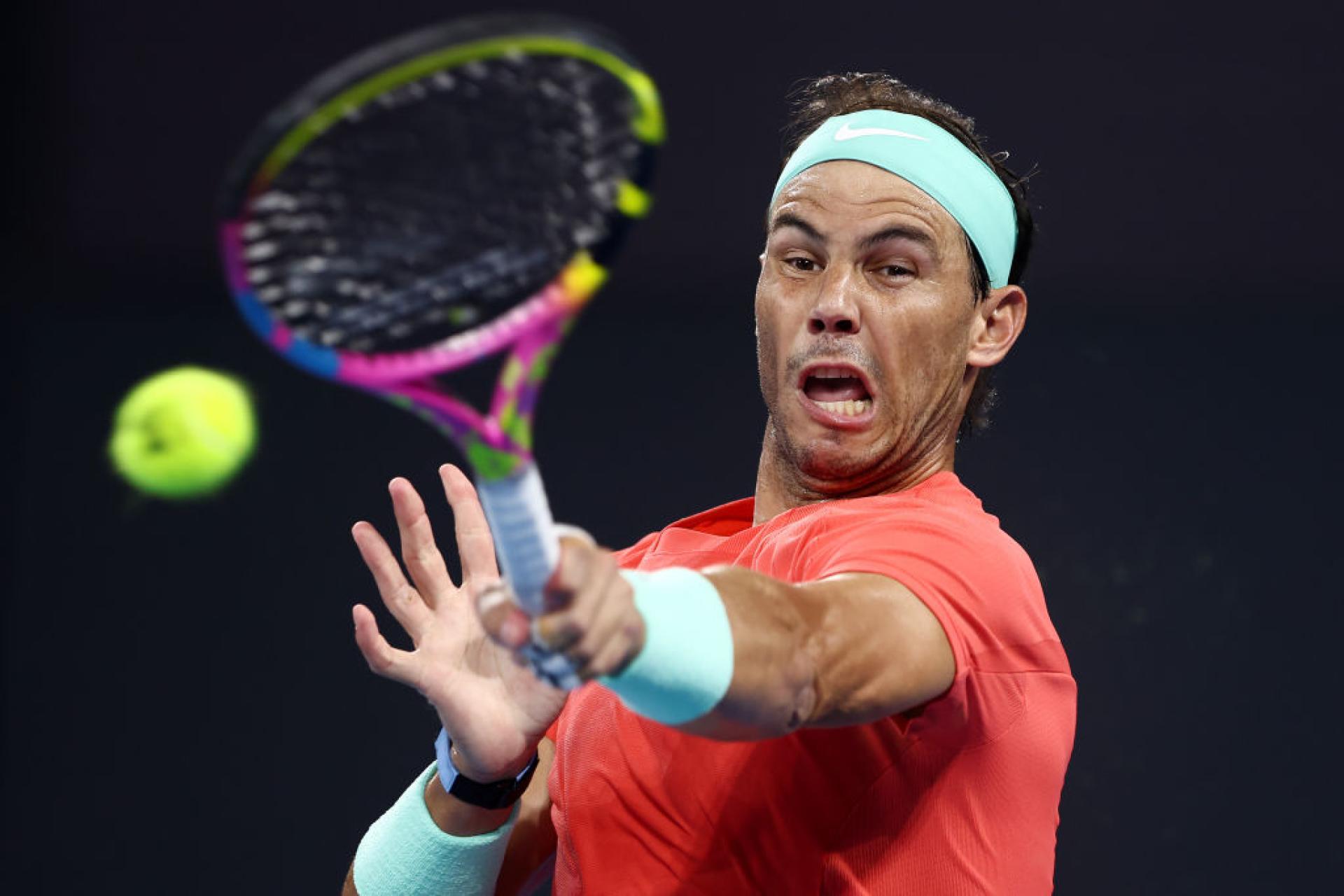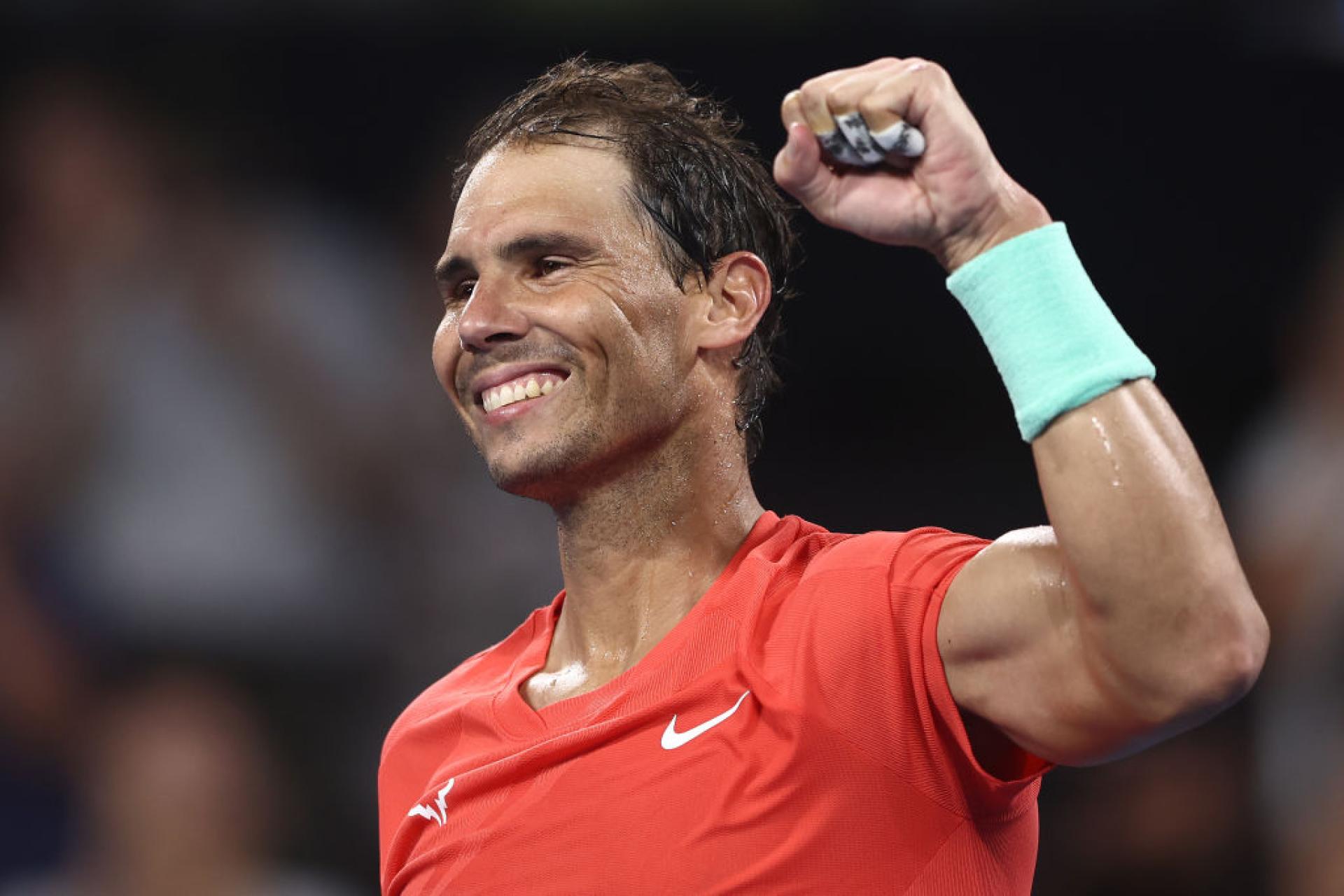
Targeted practice pushes you to constantly challenge your limits and achieve goals you thought were impossible.
Decade after decade, year after year, we witness continuous improvement in human performance. Especially from the second half of the twentieth century, we have seen a steady increase in the time people spend practicing a discipline, using increasingly sophisticated training techniques, and producing progressively better results.
We can see this in many fields, from dance to music, sports, and medicine. The improvement may not be noticeable from year to year, but over time, it is evident. Practice expands human capabilities, which seem to have no limits and can continually improve.
This happens because our brain and our body are adaptable and capable of creating, step by step, skills that previously seemed impossible. It's very important to understand the concept of targeted practice, which is in contrast to naive practice, which simply involves continuing to do something in the hope that repetition alone will improve performance.
Targeted practice pushes us to do things we didn't know how to do simply by engaging differently because:
- It has specific, well-defined goals. For example, if we are music students, a goal of our practice might be to play a piece from beginning to end at the right speed three times in a row without making mistakes.
Having specific goals allows us to assess the effectiveness of the exercise;
- It is focused: we improve when we are completely concentrated on what we are doing, without distractions;
- It requires feedback: we need to know if we are doing well or not, and where we are making mistakes;
- It requires stepping out of the comfort zone: this is the most important aspect because targeted practice assumes that everything can always be improved and therefore constantly pushes us beyond our limits.
A pianist who for years repeats the same pieces not only does not improve but over time his performance worsens.

You can exploit the plasticity of the brain, which grows and changes in response to intense training.
The human body and brain respond to stimuli by developing new skills. When we train in the gym, it's easy to see our body change and follow its progress; it's more difficult to realize the changes that occur in our brain as we train it.
Yet, it molds and strengthens just like the biceps we see enlarging by lifting weights. We know that the human brain is plastic, and in this regard, there is a very interesting study that was done on London taxi drivers. Driving through the streets of this city and knowing how to navigate is so complex that to obtain a taxi license, it is necessary to pass a series of tests that have been defined as "the most difficult exam in the world." Those who obtain this license know London better than Google Maps!
Psychologists and researchers have sought to understand how such a learning capacity could be possible and have discovered that the taxi drivers who underwent the research had a larger than normal hippocampus. The hippocampus is the part of the brain that intervenes in the formation of memories, stimulated especially by orientation in space and remembering the position of objects.
Not only do London taxi drivers have a more developed hippocampus, but as they continue in this profession over the years, it becomes even larger. This is not the case for bus drivers, who spend their days driving along the same route and do not have to strive to find the best way to go from point A to point B.
This example shows us that the brain has an elasticity very similar to that of the rest of the body. In reality, our body tends toward homeostasis, which means that once it has reached a satisfactory state, it wants to maintain the status quo.
If we do not continuously strive to improve, our body and our brain will not be motivated to produce any change. Paradoxically, however, we can exploit this concept to continuously step out of the comfort zone, always trying to raise the bar of our abilities.
By doing so, our system (which tends toward homeostasis) will try to adapt to new challenges in the best way possible: the more we put ourselves under strain, the more we tend to react and transform ourselves, with the aim of easing these same efforts.
The traditional approach to learning is not designed to oppose homeostasis. With intentional practice, the idea is not only to realize our potential but also to continue to increase it, making things that seemed impossible until the day before possible.

Mental representations help you manage information, understand it, analyze it, memorize it, and use it to make good decisions.
By studying chess champions, we can realize how important it is to have a mental representation.
These champions are able to remember the exact arrangement of the pieces on the chessboard with extraordinary precision, recognize at a glance the patterns that form; when they watch a game, they immediately understand who is at an advantage what direction the game can take, and what the right move would be.
All this in an instant, with a mere glance, they are able to have an overview that is completely lacking in beginners. This is because chess masters use mental representations: they mentally see with clarity the patterns, situations, strategies, moves.
We use them every day, think for example when we hear the word "Mona Lisa" and immediately before our eyes appears the painting by Leonardo da Vinci: we see it with our mind. Much of intentional practice is based on the development of increasingly efficient mental representations that we can use in the activities we engage in.
Think for example of a diver: for him, it is essential to form a clear vision of what each part of the dive will look like, both in terms of body position and force distribution.
Usually, the solution is not to try harder, but to try differently.What distinguishes an expert in any discipline is the quality of his mental representations. Thanks to years of practice, an expert can develop increasingly accurate and sophisticated representations, which allow for very fast decision-making, effective handling of situations that arise, identifying recurring patterns.
If we watch a football match (and we are not competent) it may seem that the players are just chasing a ball moving somewhat randomly around the field. In reality, footballers move following precise and nuanced patterns, which are created as they move around the field and react to the movements of the ball and other players.
The best footballers recognize the patterns on the field, are able to predict future actions, imagine multiple possible outcomes, quickly weigh them, and choose the most promising one.

If you want to learn to do something well, intentional practice is the ideal learning model.
There are many ways to practice a discipline, but what has proven to be most effective is intentional practice, so defined by Anders Ericsson in the early Nineties. It means that to targeted practice we must add intentionality.
Music is a field that offers excellent examples of how excellence can be developed through intentional practice. Traditional theory tells us that what characterizes high-level musicians is innate talent. Yet, it seems that this is not the case at all, as shown by a study done on some violin students at the Universität der Künste in Berlin.
This study debunked the myth of innate talent and brought out important evidence: to become an excellent musician, several thousand hours of practice are needed. There are no shortcuts, there are no child prodigies who have become experts with little practice.
Among the violin students who participated in the research, those who had spent more hours refining their art were on average better than the others - and among these, the best were those who had dedicated themselves to targeted practice.
In any field, no one develops extraordinary skills without having spent an enormous amount of time practicing. Looking closer at music, sports, ballet, we notice how training has many similar principles. Andersson calls the set of these principles "intentional practice".
No one develops extraordinary skills without training a lot.The prerequisites for its application are two: that the field is sufficiently developed, i.e. that the best performers have reached a high level that distinguishes them from beginners, and that there is a teacher who assigns targeted exercises that help the student improve his performances.
At the base of all this is the simple assumption that the human being has an infinite potential for improvement, provided that he trains in the right way. From this perspective, there never comes a moment when one can reach a maximum level of performance, in which continuing to practice does not produce further improvements.
Intentional practice presupposes that:
- the learning techniques are designed and supervised by a teacher or a coach, who knows how to make his students acquire the skills of the experts;
- one pushes oneself out of the comfort zone: the student must continuously strive to perform above his current level of ability;
- there are specific and well-defined goals: we do not aim for a "generic" improvement;
- there is full attention and active participation of the students;
- constant feedback is given, in such a way as to orient the subsequent steps;
- the student creates effective mental representations, because improvement is achieved together with the development of this ability;
- one focuses on particular aspects of the discipline, committing oneself to improve them: gradual improvement leads to becoming experts.
This figure is a reference point, which should not be taken literally, but rather serves to remind us that without a huge effort extended over years, one does not become an expert in something, and there is no innate talent that holds.

Intentional practice is aimed at anyone who has a dream and wants to take control of their life.
Intentional practice does not apply only to the world of music, sports, work: it is aimed at anyone who wants to learn to do something well, whether it's drawing, writing computer code, writing a novel, juggling, singing, being a good salesman.
It is aimed at all those who have a dream and want to take control of their lives. To apply this learning technique, it is necessary to find a good teacher, with good teaching skills, and work with him. Another important element is involvement: we must feel present and involved, attentive to what we are doing.
If we get distracted and are not sufficiently concentrated, it will be difficult to improve. For example, if we attend a group karate course, and follow the movements of the master mechanically, without receiving precise feedback on our performances, having a master will not be of great help.
It will be much better to have a teacher just for us, able to follow us specifically, correct us and put us on the right path. If we do not have the possibility to have a teacher, we can still use the principles of intentional practice, keeping in mind the key concepts: focus, feedback, and solution.
We break down the activity into many individual pieces, to be performed repeatedly and analyzed, to discover weak points and find ways to overcome them. Since intentional practice is very tiring, it is not easy to maintain concentration and commitment: motivation is needed.
Motivation that we can find from the desire to become better, to feel proud of our progress, to see our self-esteem grow, to become different and better people every day. The more we practice, the more we realize that the hours spent training are not a cost but an investment in ourselves.
